Ptolemy II
Egyptian, Classical, Ancient Near Eastern Art
The Ptolemies, a family of Greek-speaking kings who ruled Egypt after Alexander’s death, supported and encouraged Egyptian religion, including the practice of making animal mummies. Royal regulations ensuring the honest manufacture of animal mummies were written and enforced by these kings.
Here, Ptolemy II is portrayed as an Egyptian king wearing the nemes-headcloth. Though they themselves were ethnic Greeks, the Ptolemies adopted Egyptian culture.
MEDIUM
Limestone
DATES
285–246 B.C.E.
PERIOD
Ptolemaic Period
DIMENSIONS
17 15/16 × 14 × 8 1/4 in., 64 lb. (45.6 × 35.6 × 21 cm, 29.03kg)
(show scale)
ACCESSION NUMBER
37.37E
CREDIT LINE
Charles Edwin Wilbour Fund
CATALOGUE DESCRIPTION
One votive bust of the Ptolemaic King. Conventional for its type. The king is shown with broadly modelled features. The brow is broad and flat with orbital ridges shown as straight lines, curving down at the edges of the orbit. The eyes are set fairly shallow and swollen lids with thin plastic cosmetic lines are evident. The eyes themselves well outwards. No cosmetic lines are present beneath them. On either side of the root of the nose we see the deepest impression of the sockets themselves. The cheeks are not very prominent and are broadly modelled. The nose springs from the deep intrusion of the sockets and ends with no specific budges in a broad manner. It is slightly upturned. No real philtrum is present but there are rudimentary nostrils are wide and flaring. The lips are broad with upturned ends and deep corners. The chin is weak: the ears are placed high on the head. The head is framed by a broad nemes the lappets of which are pleated. The back of the bust is flat and marked with a grid.
Condition: Edges of nemes much chipped, the left side more so than the right. The tip of the left ear is missing. A portion of the right ear has been chipped off and restored. The entire face is pitted and battered, the forehead and uraeus being much battered. The back is somewhat damaged as is the support of the bust itself. No traces of any pigments.
MUSEUM LOCATION
This item is not on view
CAPTION
Ptolemy II, 285–246 B.C.E. Limestone, 17 15/16 × 14 × 8 1/4 in., 64 lb. (45.6 × 35.6 × 21 cm, 29.03kg). Brooklyn Museum, Charles Edwin Wilbour Fund, 37.37E. Creative Commons-BY (Photo: , 37.37E_PS9.jpg)
IMAGE
overall, 37.37E_PS9.jpg., 2018
"CUR" at the beginning of an image file name means that the image was created by a curatorial staff member. These study images may be digital point-and-shoot photographs, when we don\'t yet have high-quality studio photography, or they may be scans of older negatives, slides, or photographic prints, providing historical documentation of the object.
RIGHTS STATEMENT
Creative Commons-BY
You may download and use Brooklyn Museum images of this three-dimensional work in accordance with a
Creative Commons license. Fair use, as understood under the United States Copyright Act, may also apply.
Please include caption information from this page and credit the Brooklyn Museum. If you need a high resolution file, please fill out our online
application form (charges apply).
For further information about copyright, we recommend resources at the
United States Library of Congress,
Cornell University,
Copyright and Cultural Institutions: Guidelines for U.S. Libraries, Archives, and Museums, and
Copyright Watch.
For more information about the Museum's rights project, including how rights types are assigned, please see our
blog posts on copyright.
If you have any information regarding this work and rights to it, please contact
copyright@brooklynmuseum.org.
RECORD COMPLETENESS
Not every record you will find here is complete. More information is available for some works than for others, and some entries have been updated more recently. Records are frequently reviewed and revised, and
we welcome any additional information you might have.


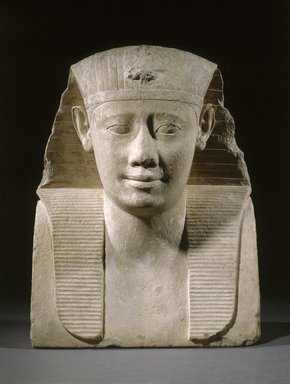
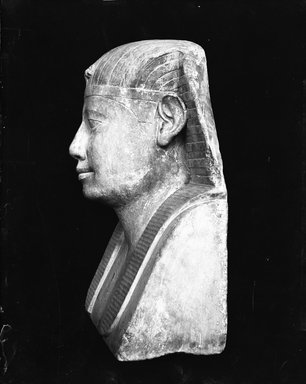

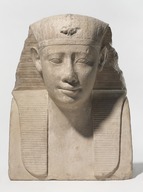

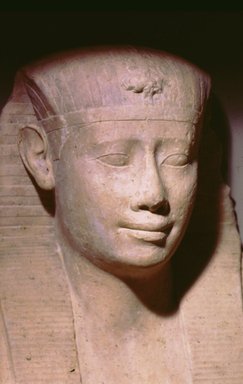

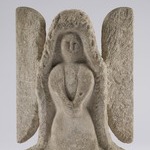

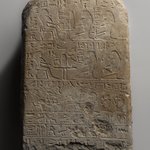
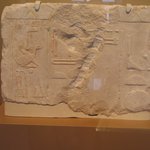
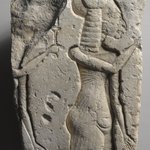
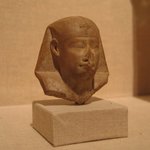

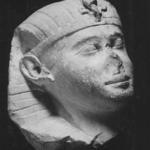

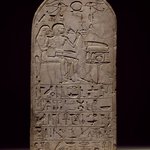
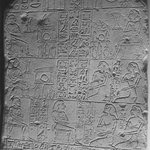
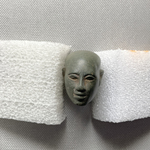
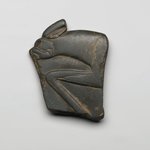
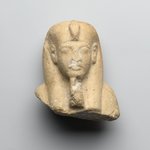

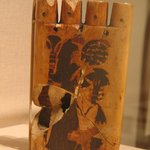
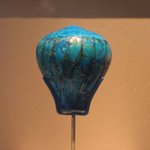

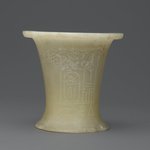
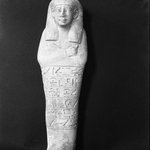
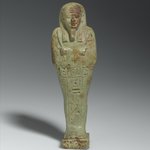


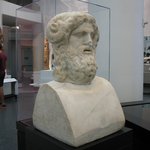

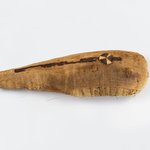
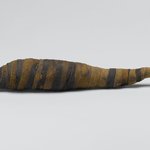
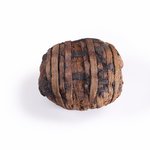
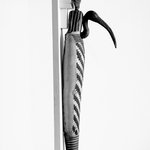
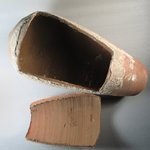
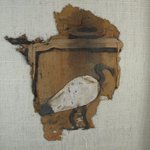
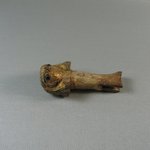



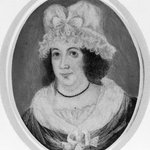
![[Untitled]](https://d1lfxha3ugu3d4.cloudfront.net/images/opencollection/objects/size2_sq/82.65.567.jpg)
![[Untitled]](https://d1lfxha3ugu3d4.cloudfront.net/images/opencollection/objects/size2_sq/82.65.591.jpg)